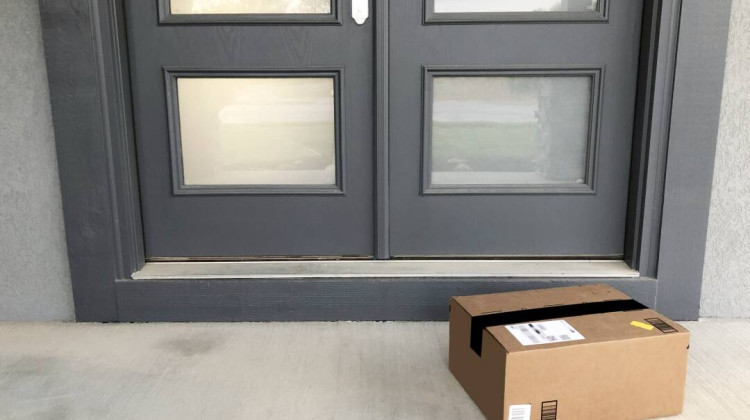A new analysis of Medicare data suggests that a quarter of people are getting their care from health providers other than physicians.
The analysis, published in The BMJ, found that in 2019, 1 out of every 4 patients on Medicare received care from nurse practitioners and physician assistants. This is an increase from 2013 when only 16% of patients were seen by NPs and PAs.
According to the analysis, people with lower incomes, those who have disabilities, or live in rural areas were more likely to get their primary care from these practitioners. In nursing homes, these types of visits saw a 200% increase from 2013.
Nurse practitioners hold a graduate-level degree in clinical education. They perform physical exams, diagnose and treat illnesses, and prescribe medications. They also focus on disease prevention, living a healthy lifestyle, and understanding patients' health concerns. Physician assistants practice medicine under the direction of physicians and surgeons. They are formally trained to examine patients, diagnose injuries and illnesses, and provide treatment.
Studies found that the quality of care nurse practitioners and physician assistants provide is often at least as good as the care provided by doctors, but there is some evidence that those who receive less medical training can deliver worse outcomes for patients.
According to a recent survey, the average time for a new patient to be seen by a doctor in the U.S. is now 26 days.
With a looming physician shortage, those advanced practitioners are seen as one way to fill in health care gaps.
The American Medical Association projects that by 2034, the U.S. will face a shortage of 17,800 to 48,000 primary care physicians. While the number of NPs and PAs is expected to rise in the next decade, according to federal projections. The U.S. Bureau of Labor Statistics projects that there will be 38% growth in the number of NPs and 27% in the number of PAs employed by health care facilities in the next decade. Employment growth for health care occupations overall is projected to be around 13% between 2021 and 2031.
Contact health reporter Alex Li at ali@wfyi.org.
 DONATE
DONATE






 View More Articles
View More Articles


 Support WFYI. We can't do it without you.
Support WFYI. We can't do it without you.